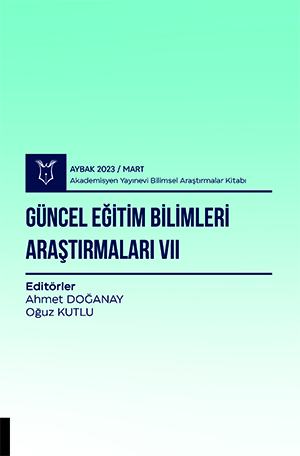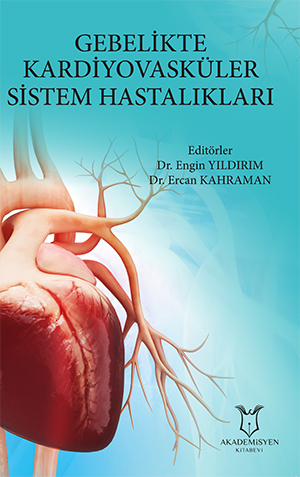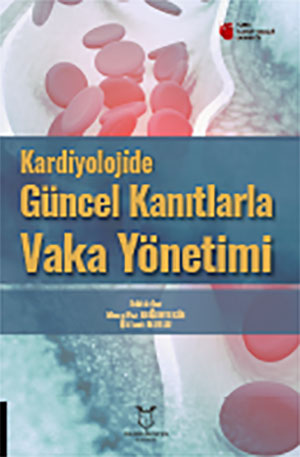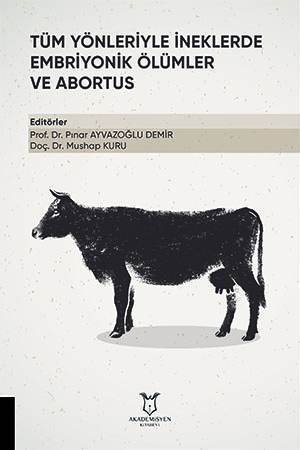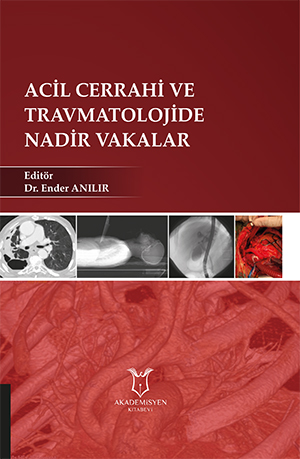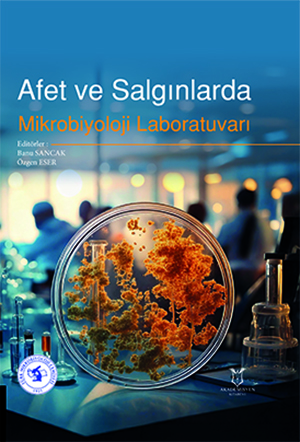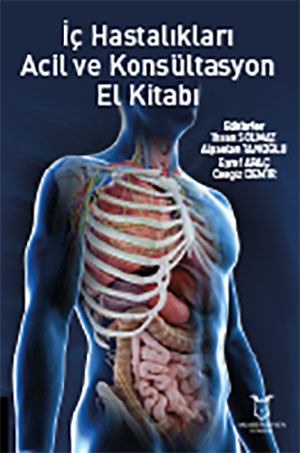Fecal incontinence can be a socially challenging disease with
a high prevalence in the elderly population. Due to the lack of universally
accepted criteria to define “elderly patients” and the difficulties in
diagnosis and diagnosis, literature on the subject is scarce in this population
group. The purpose of this article is to raise awareness about fecal
incontinence in elderly patients. Toilet training, dietary changes and
medication can be used in the treatment of these patients. However, other treatments
such as biofeedback, neuromodulation, or surgical treatment may be considered
in selected patients. Constipation is defined as infrequent defecation or
difficulty in evacuating stool. Constipation can be classified as primary or
secondary, and primary constipation is subdivided into normal transit time,
slow transit time, dyssynergic defecation. Diagnosis includes laboratory tests
and structural evaluation, followed by a therapeutic trial of fiber and
laxatives, and finally special tests. Treatment may consist of dietary changes,
medications, biofeedback therapy, and possibly surgery in refractory cases.
Bu kitabın bölümleri bulunmamaktadır.
Atıf Sayısı :





